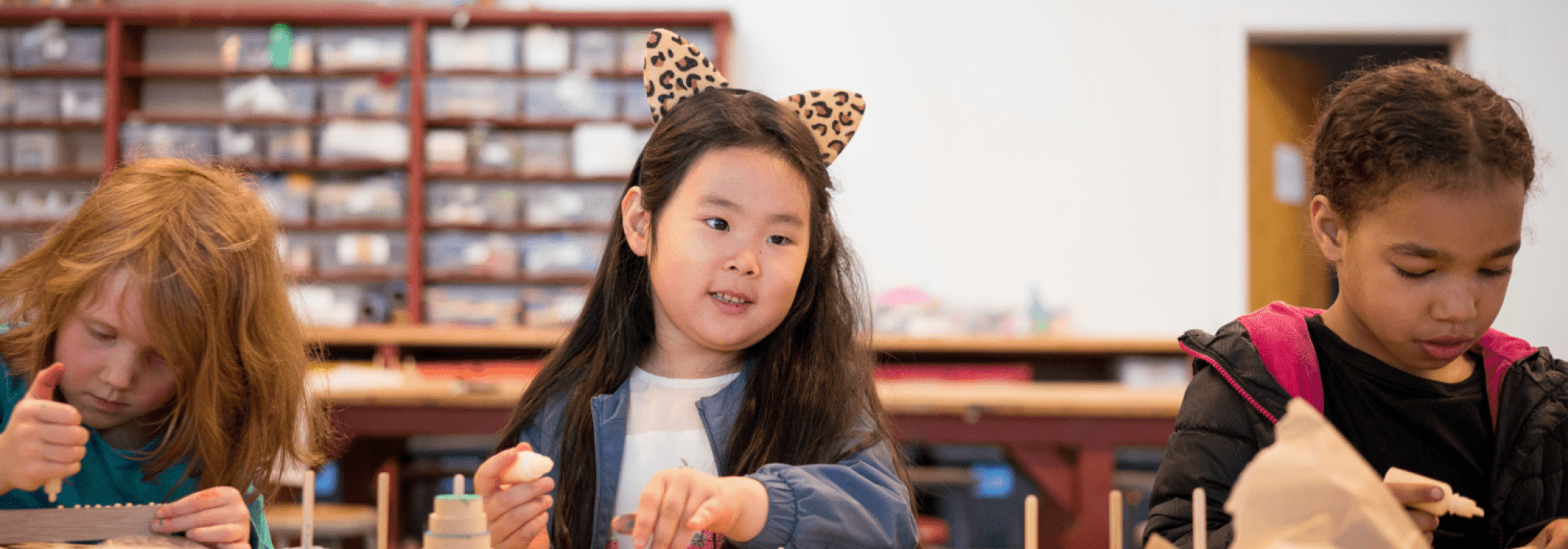ElectriCity
Construct a house with a power source. Connect positive and negative test bars with contact points and switches for you to test different configurations of incandescent and LED lights. Test them.
Understand series and parallel circuits. Test them. Rearrange them. Test again.
Then experiment with other challenges.... Lessons in electricity and thinking.




